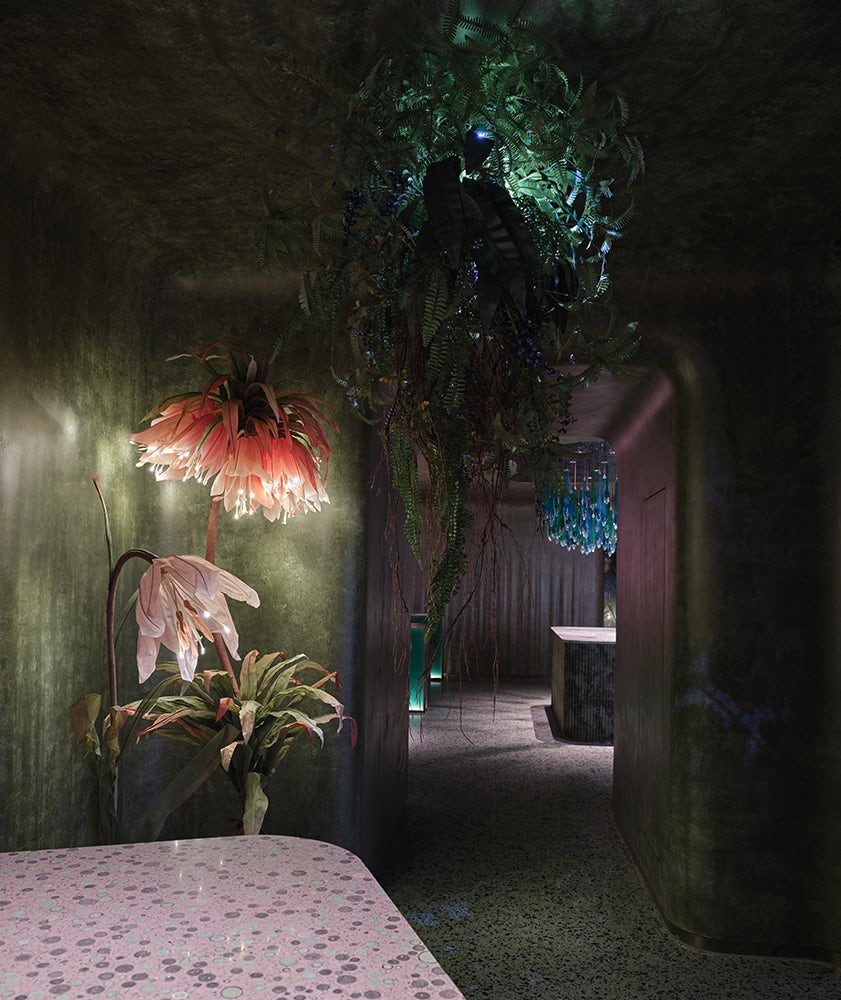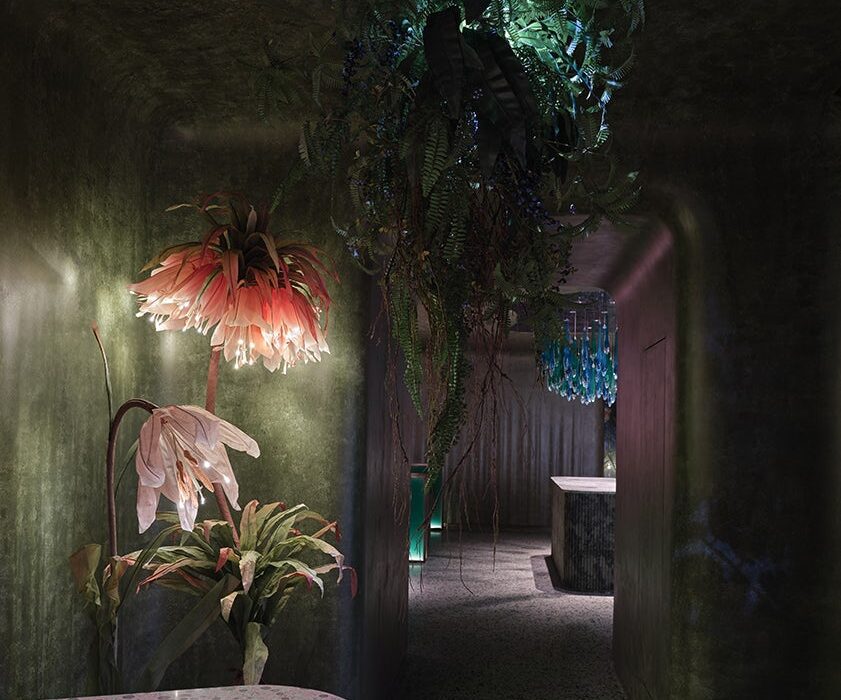While I was out walking the other day, my neighbor, a recently retired architect concerned about global warming, buttonholed me to ask: “If we go all-electric, how can the grid handle all the additional electricity demand? Have you seen anything in writing that addresses that?” By all-electric, he was referring to homes, buildings, transportation, and manufacturing all running on electricity – instead of using fossil fuels. I gave him my elevator pitch answer in 3 minutes. But he wanted to see something written describing how the transition to all-electric could happen. His question made me think more about the unexpected and perhaps poorly anticipated challenges posed by going all-electric.
What Reasonable Skeptics Are Questioning
The fastest and most economical way to reduce greenhouse gas emissions to zero is to electrify everything that currently uses fossil fuel – all homes, buildings, factories, and transportation – and power them with 100% renewable energy. When we go all-electric , and renewables grow to power the grid entirely, we could stop using fossil fuels for almost all of our energy needs, which will be crucial to reaching the zero carbon emissions goal by 2050. First, however, we need to answer three critical questions for “all-electric” to go beyond being a slogan and become a reality. Can we increase the electricity supply sufficiently and quickly enough to supply the electricity needed to power all our transportation, buildings, and manufacturing by 2050? Will the grid be able to handle the increase in electric throughput? And can we shift electric production to 100% renewables by 2050?
The limitations of the current electric grid, which has over 7,300 power plants and millions of miles of both low and high voltage power lines, are well known. First, there is no national integrated smart grid — the grid is powered and managed by a patchwork of local and regional power companies. Parts of the grid are more than a century old; the American Society of Civil Engineers gave the grid a C- rating; and some areas are at risk of blackouts due to extreme cold or heat or drought-induced reductions in hydro supply. Second, there is no one-size-fits-all solution to growing the grid’s energy supply, handling capacity, and switching to renewables while maintaining reliable power supplies. Third, powering electric vehicles (EVs) could be problematic as their numbers grow. Finally, electrifying everything will require that the grid in the US provide 90% more power by 2050 than it did in 2018. To address these questions and concerns, let’s look at each element of this challenge — starting with examining whether or not the grid can handle the shift to all electric vehicles.
Can the Current Grid Handle Electric Vehicles?
So far, the current level of EV use has had a negligible effect on the grid. The expected growth in electric vehicles will likely increase electric demand gradually — rather than in sudden large jumps. So as EVs grow in popularity, they will not create an overload or disrupt our current grid setup. With planning, incremental growth in the capacity of our existing grid should handle the future increase in demand from powering up EVs. Even as 80% of all passenger cars become electric, there would only be an increase of 10-15% in electricity consumption spread over decades — the type of growth that local utilities should be able to plan for and manage. When all US vehicles become EVs, they will need about 28% more than the 2020 US electric production. With proper planning and investment by local utilities, the expected incremental growth in demand as we move to 100% EVs can be met by gradual increases in grid capacity.
And some variables can work in favor of evening grid loads as demand for EVs increases. For example, most people charge their EVs once or twice a week and at different times, spreading out the demand on the grid. By using timers and time-of-use charging, people can charge their EVs when demand is low, which could benefit the grid by evening out demand loads. Further, future EVs will be capable of two-way power exchanges – giving back to the grid when demand is high and taking from the grid when demand is low. So it could be a win-win. And when large fleets of electric trucks and buses provide power to the grid when most needed, it will help reduce peak load imbalances even further. So the benefit to the grid could be substantial.
Can the Grid Handle All-Electric Homes and Businesses?
While powering electric vehicles with our patchwork of local grids may be possible, what about all the load placed on the grid when we electrify our homes and businesses? A key factor here is that summer electric demand is usually greater than winter demand due to the widespread use of highly inefficient electric air conditioners. That means that there is spare production capacity in winter. So adding efficient heat pump heating systems and heat pump water heaters will increase demand in winter when there is already excess capacity. And in the summer, replacing inefficient air conditioners with efficient heat pump HVACs will help reduce demand because of their increased efficiency.
Each local utility will face different challenges when we electrify all buildings. Still, the transition will be gradual enough for them to increase their supply in tandem with demand increases. For example, New York City found that it can electrify almost half of its buildings before it needs additional electric production. Smart electrification of the whole city will add 38% above the current summer demand by 2040. This incremental increase is one that utilities can plan for and accommodate. And a study in California found that there is sufficient excess capacity in the winter to allow for a smooth transition to all-electric buildings.
Net Zero New Construction and Retrofits
To reduce demand on the grid while electrifying homes and businesses, we need to retrofit them for energy conservation. Insulating them, making them airtight, and installing energy-efficient heat pump water heaters, dryers, HVAC, and induction stoves will save even more power, reducing the load on the grid as we go all-electric. On top of that, adding on solar collectors or utilizing community solar will lower grid demand further. And when we connect zero energy homes and buildings to the grid with smart meters, the opportunities for conservation and balancing demand on the grid will conserve more electricity. We can significantly reduce the increased load from going all-electric by building grid-smart, energy-efficient, net zero energy homes and buildings powered by rooftop solar. Grid integrated EVs, powered by rooftop solar, could further reduce the increase in peak demand.
What About Electrifying the Manufacturing Sector?
An effective integrated national grid will be necessary to shift renewable energy from areas with plentiful solar and wind resources to areas with heat and carbon emission intensive heavy industries, such as steel, cement, and chemicals. The American Infrastructure Act will go a long way to address this challenge. In the meantime, for those processes that can we can electrify, these industries can add solar panels, wind turbines, and storage batteries to supplement energy coming from the grid. The Tesla Gigafactory is an excellent example of what industries can do.
For those industrial sectors that cannot fully electrify, we can produce green hydrogen in areas of the country with plentiful wind and solar power and transport it to these industries just as we transport diesel fuel now. For some heavy industries and aviation, going all electric will require more technical innovations, which are in the pipeline. In the meantime, it will be wise for us to electrify as many industrial processes as we can – and power them with renewables.
Can the Grid go All Renewable by 2050?
According to the US Energy Administration, in 2021, utilities generated about 4.2 trillion kilowatt-hours (kWh) of electricity in the United States. About 61% of this was from fossil fuels, 19% was from nuclear energy, and 20% was from renewable energy sources, including wind, solar and hydroelectric. In addition, small-scale solar systems generated about 49 billion kWh more.
The good news is that in 2021 approximately 70% of all new utility electricity production capacity came from renewables. In 2015, the US produced 5.7% of its electricity from wind and solar (229.8 TWh), and in 2021 that increased to 13% – 543.5 TWh or 543,500,000,000 kWh – more than doubling in 7 years. If that growth rate continues, by 2028, renewable energy production could be over 1 trillion kWh; in 2035, it could be around 2 trillion kWh; and in 2042, it could be over 4 trillion kWh. Even if the growth rate declines, it may well grow to be over the 2.5 Trillion kWh currently produced by fossil fuels. That is the amount we will need to phase out and replace with renewables. Meantime, stand-alone rooftop solar is growing at 6% per year. At that rate, it could double to 100 billion kWh by 2034, to 200 billion by 2046, and 400 billion by 2058, which would be a valuable contribution to renewable power production.
Battery storage is a key factor in a successful all-renewable electric supply system. The National Renewable Energy Laboratory modeled several energy storage scenarios resulting from variable supply and demand curves and found enough batteries could be deployed economically by 2050 to support renewable generation of 80% or more utilizing existing technologies. This estimate does not consider savings from energy conservation, new battery technology breakthroughs, or the integration of EV batteries into the grid.
Hope for the Grid
While some local and regional grids have adequate capacity to support the growth projected to come with electrifying everything, not all states are equally prepared. Some will have to plan for and invest in improving their production and transmission capacities – but the growth will likely be relatively predictable and manageable. Even the most unprepared states should be able to accomplish this. We know because we have done it before! From 1975 to 2005, electric demand in the US grew by 2.6% per year. Electrifying everything by 2050 will also require increasing electricity production to accommodate buildings, transportation, and industry electrification. The required growth rate will be about 2.2% between 2020 and 2050. So we know we can do it.
Electric transmission lines may need to increase by 60% by 2030 to integrate the dispersed renewable sources of supply such as solar and wind with the increased demand created by all-electric buildings, transport, and manufacturing. With the passage of the American Infrastructure Act, there is even more hope for the grid. $65 billion will improve grid reliability and resilience, upgrade transmission lines, and improve grid flexibility with demand response and the integration of distributed energy resources. These grid investments will enable smart technologies to increase efficiency even further. With the energy conservation potential from zero energy homes, buildings, and industries and grid-integrated electric vehicles, increases in electricity demand could be more modest and manageable than projected.
Smart People
Going all-electric from all renewable sources is possible by 2050. All it requires is a change in our thinking and our behavior. For building professionals — it means learning the skills to design, build, retrofit, and sell all-electric zero energy homes and buildings equipped to be EV ready and integrated with smart meters. For homeowners — it means gradually upgrading their homes and transportation to all-electric net zero. For home buyers — it means looking for and asking for net zero — or rolling the costs of upgrading their new purchase on the path to zero into their mortgage. For business owners — it means upgrading their facilities, transportation, and processes on the path to zero. For local governments and utilities, it means working together to plan effectively for increased capacity and increased integration of grid producers and consumers. We already have almost all the technology we need to electrify everything and power everything with renewable energy by 2050 – but will we do it?
By Joe Emerson
Joe Emerson is the founder of the Zero Energy Project.
















